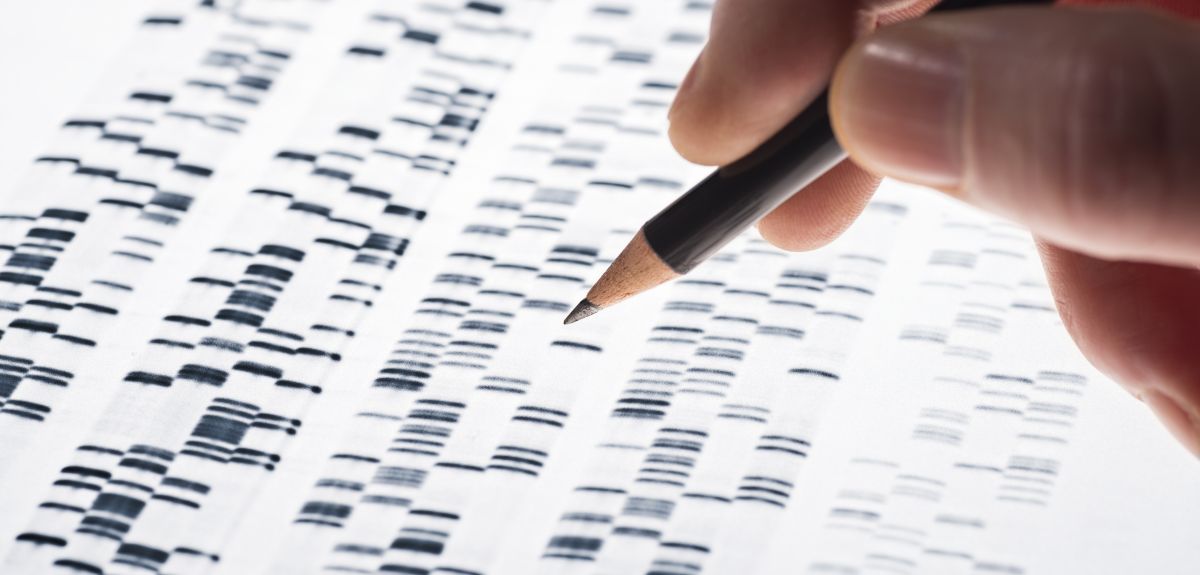
Twelve DNA areas 'linked with the age at which we have our first child and family size'
Researchers identify specific areas of DNA sequence that are related with the age at which we have our first child, and the total number of children we have during the course of our life.
Researchers have identified 12 specific areas of the DNA sequence that are robustly related with the age at which we have our first child, and the total number of children we have during the course of our life. The study, led by the University of Oxford, working together with the Universities of Groningen, The Netherlands and Uppsala, Sweden, includes an analysis of 62 datasets with information from 238,064 men and women for age at first birth, and almost 330,000 men and women for the number of children. Until now, reproductive behaviour was thought to be mainly linked to personal choices or social circumstances and environmental factors. However, this new research shows that genetic variants can be isolated and that there is also a biological basis for reproductive behaviour. The paper is co-authored by over 250 sociologists, biologists, and geneticists from institutions worldwide, and has been published in the journal Nature Genetics.
Lead author Professor Melinda Mills, from the Department of Sociology and Nuffield College at the University of Oxford, comments: 'For the first time, we now know where to find the DNA areas linked to reproductive behaviour. For example, we found that women with DNA variants for postponing parenthood also have bits of DNA code associated with later onset of menstruation and later menopause. One day it may be possible to use this information so doctors can answer the important question: "How late can you wait?" based on the DNA variants. It is important to put this into perspective, however, as having a child still strongly depends on many social and environmental factors that will always play a bigger role in whether or when we have babies.'
For the first time, we now know where to find the DNA areas linked to reproductive behaviour.
Professor Melinda Mills, Department of Sociology
The study shows that DNA variants linked with the age at which people have their firstborn are also associated with other characteristics reflecting reproduction and sexual development, such as the age at which girls have their first period, when the voice breaks in boys, and at what stage women experience their menopause.
First author Nicola Barban, from the Department of Sociology and Nuffield College at the University of Oxford, comments: 'Our genes do not determine our behaviour, but for the first time, we have identified parts of the DNA code that influence it. This is another small piece to understanding this very large jigsaw puzzle.'
The researchers calculated that variants in the 12 areas of the DNA together predict less than 1% of the timing at which men and women have their first child and of the number of children they have in the course of their lifetime. The paper says that while these numbers seem 'extremely small', their modelling shows that in some cases when the variants are combined, they can be used to predict the probability of women remaining childless. Importantly, by examining the function of the 12 DNA regions and the genes in these regions in detail, the researchers have identified 24 genes that are likely to be responsible for the effects of the 12 DNA variants on reproductive behaviour. Some of these genes were already known to influence infertility, while others have not yet been studied. According to study co-authors Professor Harold Snieder from the University of Groningen and Associate Professor Marcel den Hoed from Uppsala University, 'an improved understanding of the function of these genes may provide new insights for infertility treatments'.
The paper, 'Genome-wide analysis identifies 12 loci influencing human reproductive behavior' is published in the journal Nature Genetics.
 Professor Sue Iversen (1940–2025)
Professor Sue Iversen (1940–2025)
 New study shows how AI can help prepare the world for the next pandemic
New study shows how AI can help prepare the world for the next pandemic
 Lifestyle and environmental factors affect health and ageing more than our genes
Lifestyle and environmental factors affect health and ageing more than our genes
 Lord Hague officially admitted as Oxford University’s Chancellor
Lord Hague officially admitted as Oxford University’s Chancellor
 Lord Hague's Chancellor admission speech
Lord Hague's Chancellor admission speech